Your laptop’s other components are attached to something called the motherboard, which is the main circuit board in the device. Should it become dysfunctional, the entire machine will become inoperable. It is one of the more expensive components in a computer, and it can be challenging to diagnose any issues that arise with it. First, you should attempt some fundamental problem-solving steps before contacting a repair professional.
Check the Power
The motherboard allows the various components of a computer to communicate with each other. It routes signals from the keyboard to the CPU, for example. When the motherboard stops working, it can cause problems throughout the entire computer system. Several things could be causing the problem, but if everything else is working, it may be time to look at the motherboard.
Start by making sure that the power cord is plugged in properly and has an outlet close by. Then, check to make sure that the laptop battery is charged. Finally, make sure that the power connector on the motherboard is not loose or wiggly.
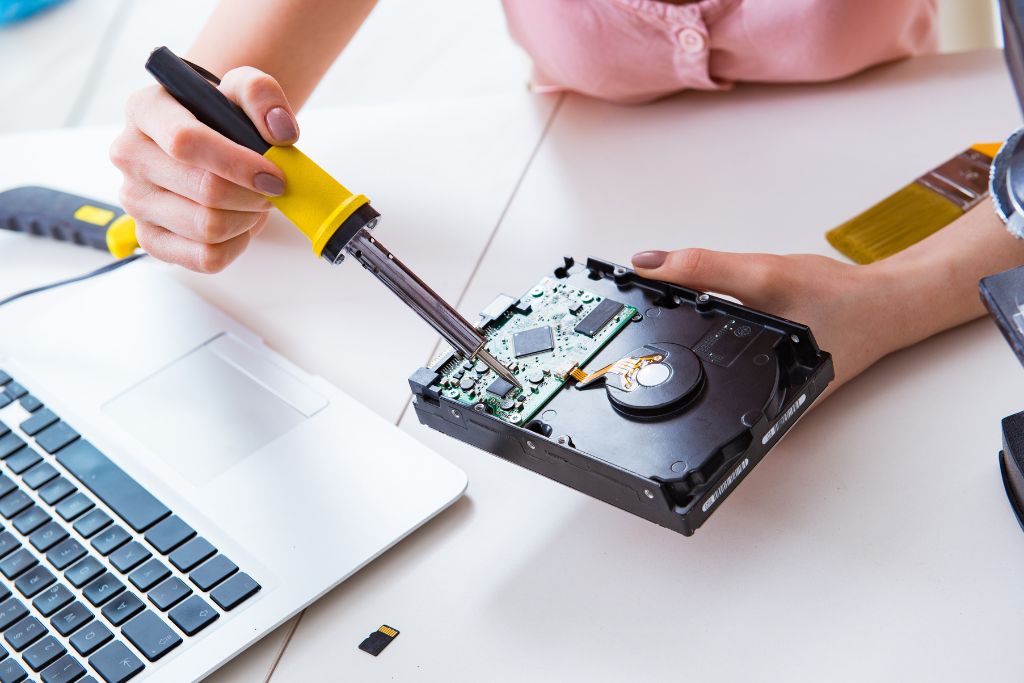
If the laptop doesn’t turn on, it is likely due to a bad motherboard. Look for a POST (Power On Self Test) error code that indicates where to start troubleshooting. The code will appear on the screen in hexadecimal. It can also be found by reading the laptop’s user manual.
Check the Connections
The motherboard connects all the components in a computer at a single point and allows them to communicate with each other. It’s the backbone of a laptop, and it’s important that the motherboard is functioning properly to prevent the other parts of the computer from malfunctioning or failing.
A faulty motherboard can cause many different issues with the computer, such as random shutdowns or a black screen. It’s crucial to find the problem and repair it before the damage spreads.

To check the connections on the motherboard, first, turn off the laptop and disconnect the power cord. Next, use your multimeter to measure the voltage on the laptop’s power at the connector. Make sure that the multimeter is set to resistance (O) and place the black probe of the multimeter in the female plug’s ground terminals. Then place the red probes in the other coloured wire pins of the connector, and note the multimeter’s reading. Ideally, the voltage should read around 120V or 240V.
Check the Graphics Card
If your laptop randomly shuts off or starts performing poorly, there may be a problem with the motherboard. Other symptoms include unusual noises inside the computer, lines on the screen, and keyboard or touchpad problems. If you notice these issues, it’s time to take your laptop to a professional for repair or replacement.
The first step is to check the graphics card and connections. You can do this in Windows by opening the Device Manager and expanding the Display Adapters menu. This will show you the name of your graphics card and its manufacturer.
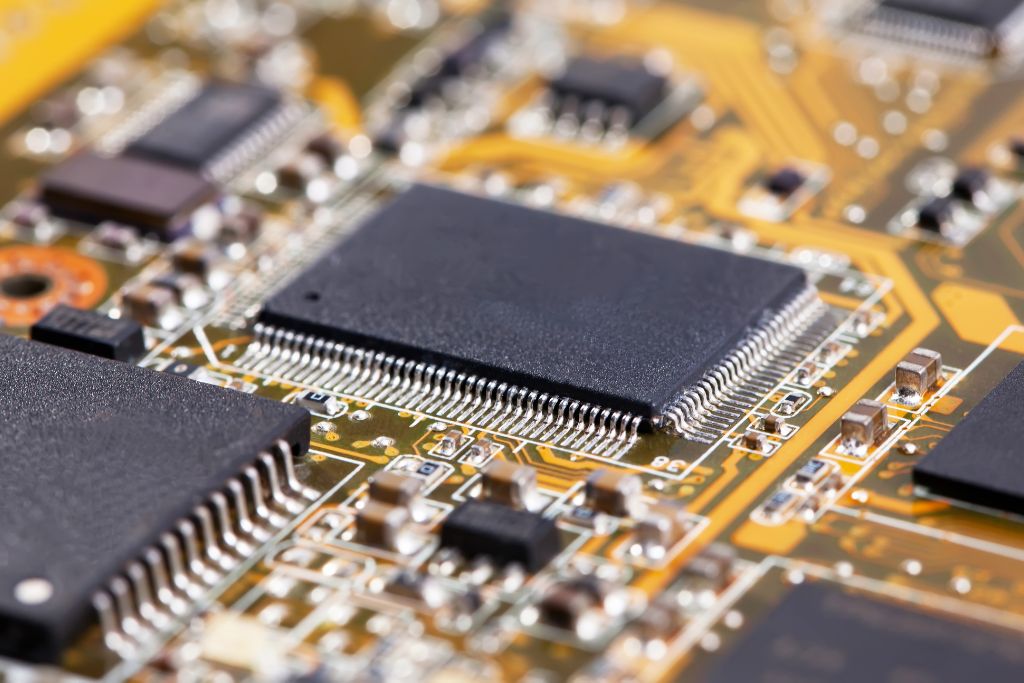
You can also try using a program like Dxdiag to get more detailed information about your graphics card and its connection to your monitor. This will give you more information about your GPU, such as its load, temperature, and driver version. You can also use this program to troubleshoot any graphic-related problems on your PC. If you’re comfortable opening up your computer, you can also check the graphics card by removing the side panel that’s opposite to where the motherboard resides.
Check the BIOS
The motherboard is one of the most important components of a computer. It enables the various pieces of hardware in your laptop to communicate with each other, and it routes signals from things like the keyboard and touchpad to the CPU for processing. If your motherboard is defective, it can cause a variety of problems with your laptop. Some common symptoms include a sudden or intermittent loss of power, a black screen, or strange noises.
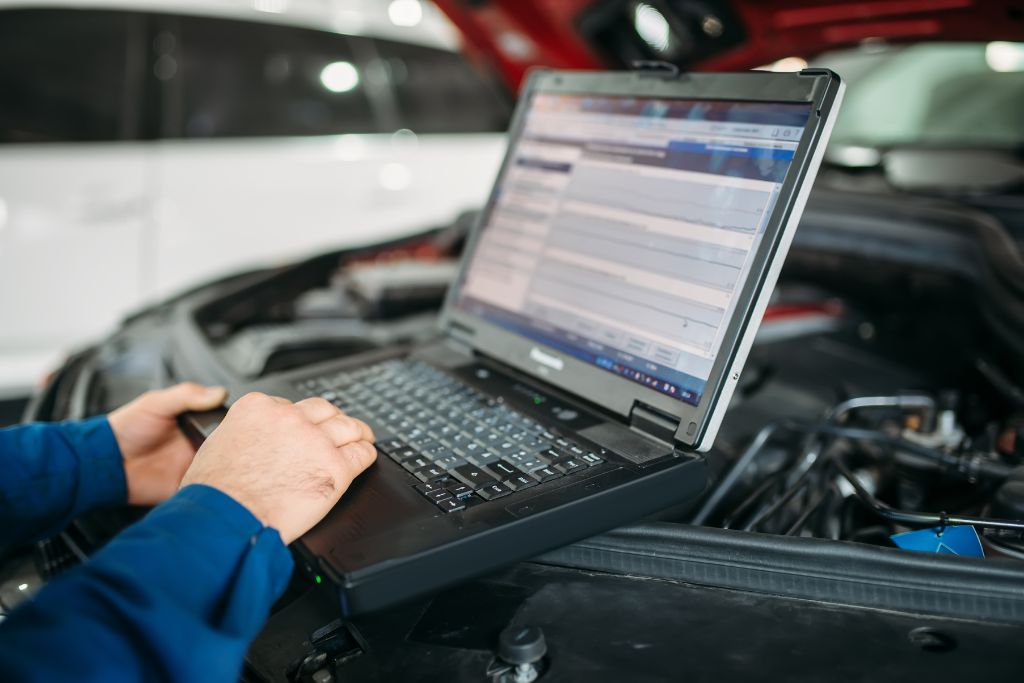
To check the BIOS, shut down your computer and open the case. Then, press the BIOS setup key repeatedly until you see a list of options on the screen. Once you’ve accessed the BIOS, look for a field labelled “BIOS Version” or something similar. Then, write down the manufacturer name and date of the BIOS version that’s currently installed. You’ll need this information later if you need to find a new BIOS update. If you can’t remember the BIOS version, try searching for it on the manufacturer’s website.
“How to Use New Softwares for Better Learning!” helps with laptop troubleshooting. Innovative learning software takes experience and competence, just like identifying motherboard issues. “How to Use New Software for Better Learning!” discusses using technology to improve education, while the essay covers laptop motherboard issues. In the digital age, practising diagnostic techniques and using new software tools helps people repair laptops and learn new skills.


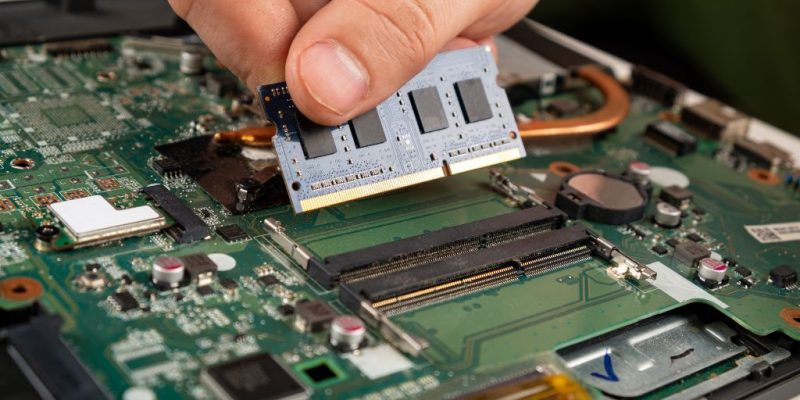






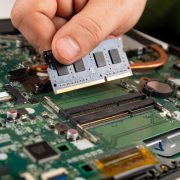



Comments